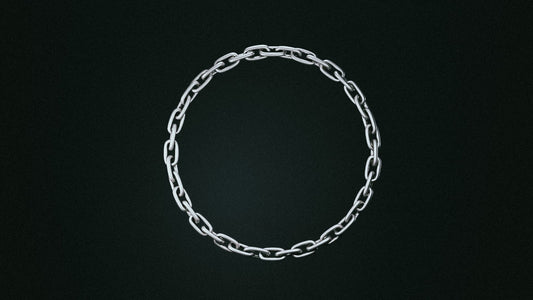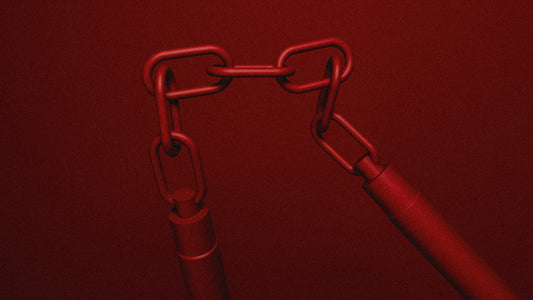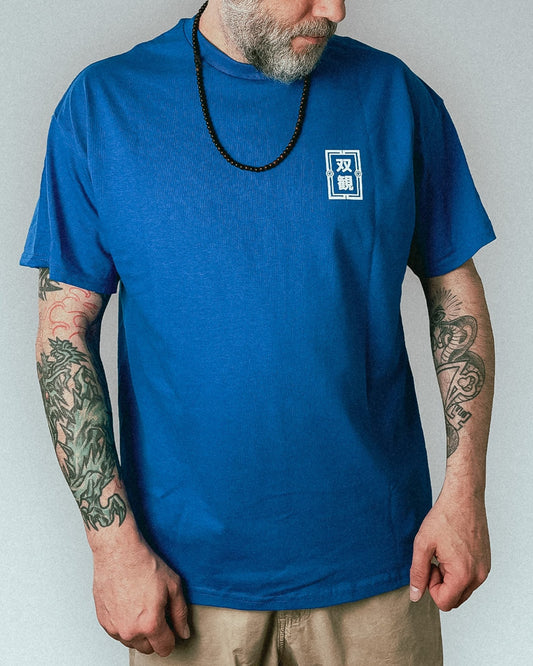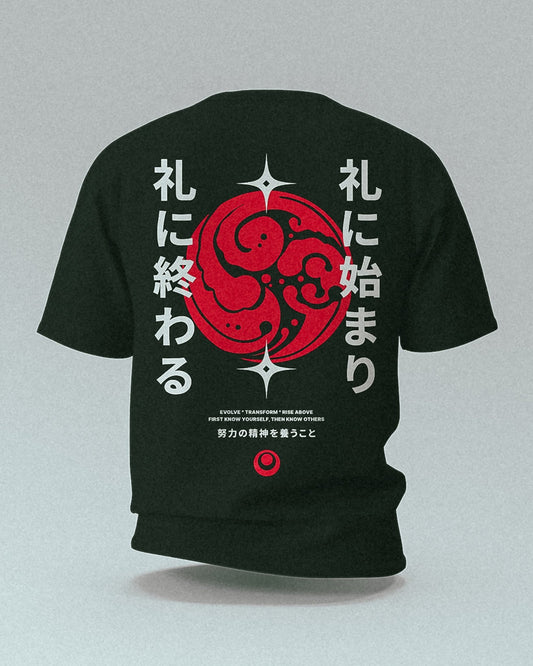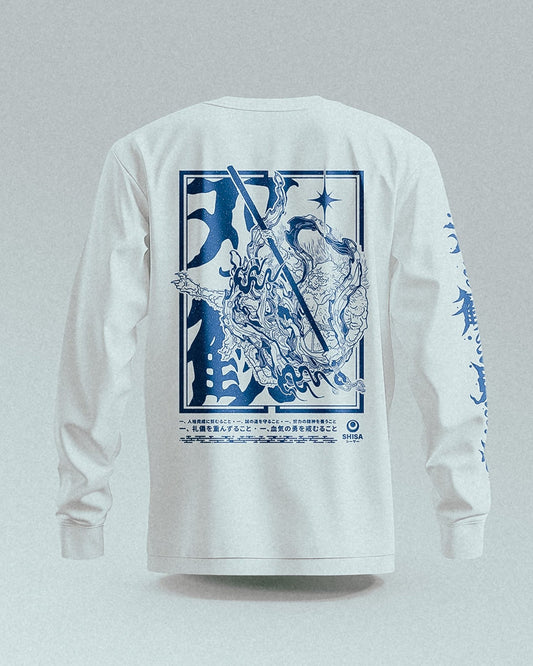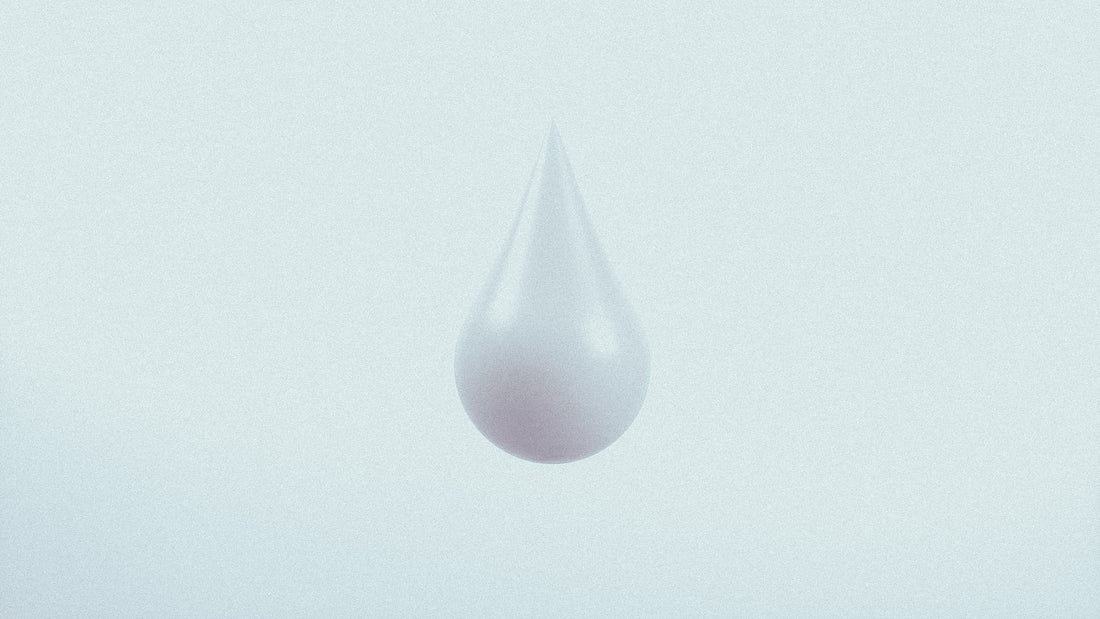
Stains and Fabric
Average reading time: 5-7 minutes
Your Gi is an investment in your martial arts practice. Proper care extends its lifespan, maintains hygiene, and shows respect for your training. Here are some tricks and tips to keep your uniform in top condition.
The Science of Sweat and Fabric
Before diving into care instructions, read the fabric label of your Gi and know what you're working with. Intense training sessions have a different effect on synthetic blends common in contemporary uniforms and traditionally manufactured Gis made from 100% cotton.
Cotton Gis are prone to shrinkage. Hemp blends resist bacteria naturally but need gentle handling. Synthetic materials are durable but can trap odors if not properly maintained.
Here are some things to keep in mind before hitting the mats
- Never train in a damp Gi. Bacteria thrive in moisture
- You train frequently? Own multiple Gis to prevent wear and tear
- Hot, humid dojos require more frequent washing of your Gi

Post-Training Protocol
Time is your enemy once training ends. The longer sweat and bacteria remain in contact with fabric, the more likely you will have permanent staining and odor problems. Develop a ritual that begins the moment you leave the mats.
- Shake out each piece to remove surface moisture and debris
- Gis hate closed bags! Use mesh laundry bags if possible
- At home: Are there stains or fabric tears you need to attend to?
- Hang items separately in a well-ventilated area if you can't wash immediately
The Washing Ritual
Treat washing your Gi like meditation. Be methodical, purposeful, and complete. Cold water preserves fabric integrity and prevents shrinkage, but it's less effective against bacteria. The compromise: lukewarm water, never exceeding 30°C.
Skip the fabric softener entirely. It leaves residue that can trap odors and reduce breathability. Instead, add half a cup of white vinegar to the rinse cycle to break down soap buildup and eliminate lingering odors. Once a month will do.
For stubborn stains, create a paste from baking soda and water. Apply it directly to affected areas before washing. Blood responds well to hydrogen peroxide applied immediately, while general discoloration benefits from oxygen bleach but use never chlorine bleach though, It weakens fibers and can cause yellowing.
Here are some advanced methods if you're still not getting the results you need:
-
Double wash method
Run cold water cycle without detergent first, then wash normally
-
Salt soak
Dissolve 1 cup sea salt in cold water, soak Gi for 30 minutes before washing
-
Enzyme pre-treatment
Apply enzyme detergent to problem areas, let sit 15 minutes before washing

The Drying
Never underestimate the importance of proper drying. Heat destroys elastic fibers and causes shrinkage, so the dryer is off the table. Instead, hang your Gi by the shoulders, ensuring the jacket maintains its shape. Pants should be hung by the waistband, not the legs, to prevent stretching.
Direct sunlight naturally bleaches and disinfects, but prolonged exposure can weaken fibers. Morning sun for 2-3 hours provides benefits without damage. Indoor drying requires excellent air circulation and using a fan pointed at hanging uniforms dramatically reduces drying time and prevents mustiness.
For faster drying without heat damage, lay the Gi flat on clean towels, rolling them together to absorb excess moisture before hanging. This method can cut drying time in half while maintaining fabric integrity.
Belt Handling
The belt is more of a divisive element when it comes to treatment. There's a strong fraction that follow the tradition of not washing the belt at all to preserve the wisdom gained though training. And there are those who are in favour of hygiene and demand regular cleaning.
The compromise: gentle hand washing in cold water with minimal agitation, followed by careful air drying while maintaining the belt's shape. The choice is yours.

Long-Term Maintenance
Your Gi is a partner in your martial arts journey. Like any partnership, it requires consistent attention, proper care, and mutual respect. The practitioner who maintains his/her uniform demonstrates the same mindfulness they bring to their training. That mindfulness, whether applied to fabric or technique reflects the seriousness of your journey. Proper Gi care isn't complicated, but it requires consistency.
Thanks for reading & happy training


